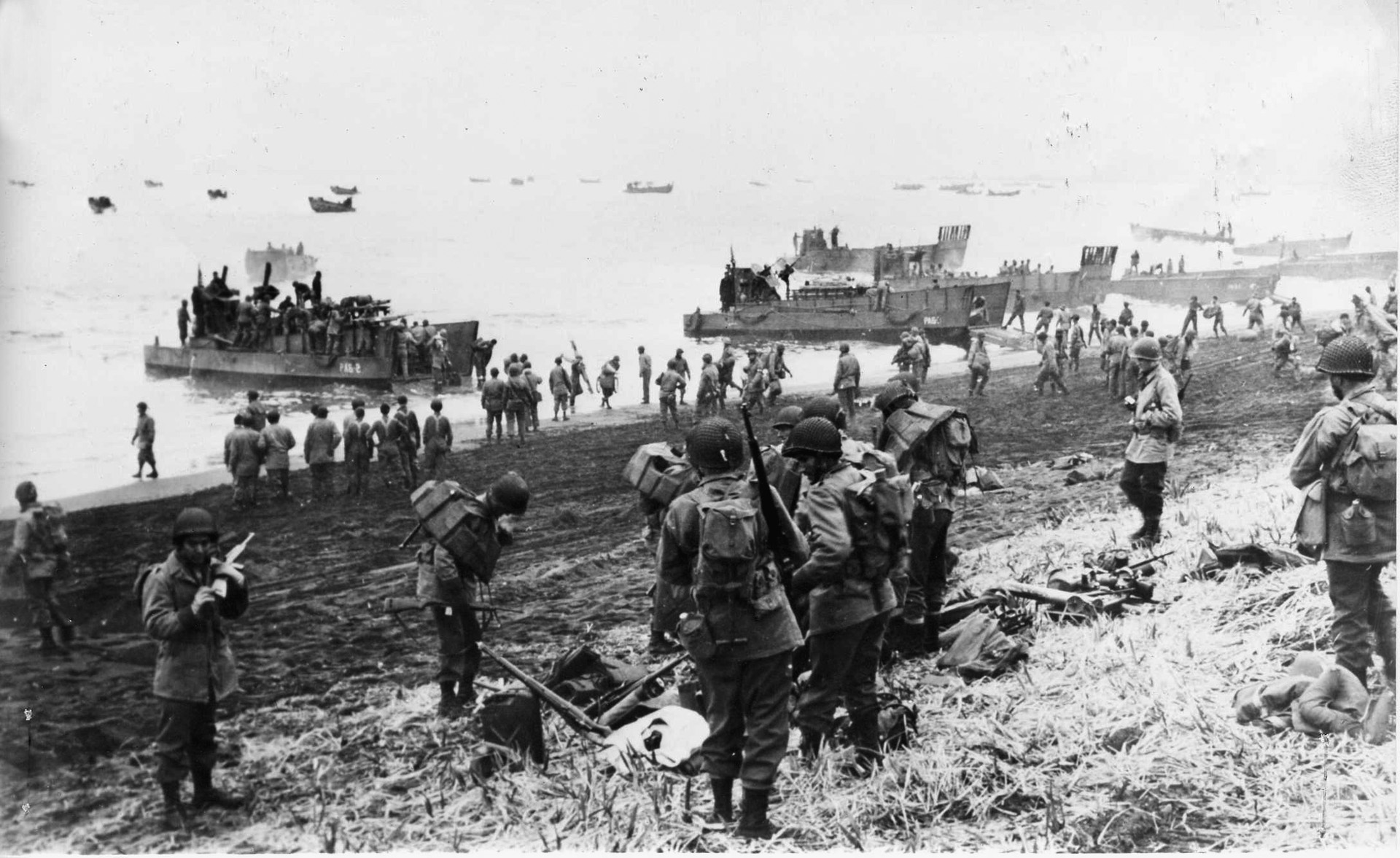Anyone who has lived on a Marine Corps installation can tell you they are not designed for comfort, and in most cases not designed to be habitable for human existence. While this comes as a shock to no one, I’m sure, there are mixed opinions about this fact of Marine Corps life.
For some the arduous conditions are representative of the Corps itself; difficult, dangerous and built to be unbreakable. For others, it just seems as though the Marine Corps sticks to what’s cheap, which is often land no one wants. In some cases, the leadership has even taken over facilities set for decommissioning by other branches. That one seems to be the most glaring example, so we can start there on our tour of the Marine Corps’ most Inhospitable bases.
MCAGCC Twentynine Palms – California Desert
From 1942 to 1944, this post in the middle of the desert was used by the Army Air Corps for glider training. While its facilities in those days were limited, its remote location and terrain of scrub desert and mountains was useful for pilots to fly in but not much else. In 1944, the Navy took over, mostly as an auxiliary air station supplementing San Diego. Once WWII ended however… the facility was mostly just space. Multiple reports stated that the area was unsuitable for human habitation, and was set for decommissioning. Enter the Marine Corps. Like the kid at the table who will take a bitten sandwich over nothing, the Corps took over in 1952, stationing an initial detachment of 70 Marines. The rest as they say is history.
At almost a thousand square miles, the base is the largest the Marine Corps controls, spreading across the wasteland like the devil’s own nightmare. Home to camel spiders and the famous (if harmless) desert tortoise, this stretch of sand and rock has temperatures from freezing at night to roasting in the hundreds during the day. If these lovely gifts from Hades weren’t enough, the intervention of Man has only added to its charms.
The main section of the base includes Lake Bandini, the term of endearment Marines use for the open air sewage treatment plant located upwind from most of the infantry barracks. To say the smell is potent, especially when forming up for physical training at 0500 in the morning, is a dramatic understatement. Add to this treasure the loose sand to run on, unrelenting sun, and a local town filled with meth sales, and who wouldn’t want to live here? At least the officers have a golf course on base, and to be fair, you won’t find more range space in the Corps than here.
Camp Wilson – California Desert
Technically a base within a base, Camp Wilson sits inside MCAGCC Twentynine Palms. Used as a forward operating base for units coming to 29 Palms for desert training, Camp Wilson has all the wonders of its home station and then some. The land that time (and the DoD budget) forgot, in the over 20 years of the Global War on Terrorism, nothing changed. Quarters for troops consist of K Spans; like a soda can laid sideways and buried halfway, with cots on their sand covered floors. Bathrooms are large, open areas promoting esprit de Corps by having service members make solid eye contact while doing their business. While not a permanent duty station for most, Camp Wilson serves as a reminder that if it is broken, who cares about fixing it?
MCB Camp LeJeune – North Carolina Swamp
Beginning construction in early 1941, the base was officially named for the famed 13th Commandant of the Marine Corps, Gen. John A. LeJeune in 1942 after his death. The newly built facility boasted beaches for amphibious combat training, as well as having additional space for recruit training to augment Marine Corps Recruit Depot Parris Island, though some of that was segregated.
MCB Camp LeJeune does have its challenges, mainly that the whole facility is planted in a swamp. Dense foliage is fine for woodland training, to be sure, but often you would find yourself randomly slogging through water, sludge, and storms. The old saying among the infantry that ‘if it ain’t raining, we ain’t training’ may not have been born here, but you would be hard pressed to find someplace more moist.
Additionally, the base facilities have not aged well. Black mold has been a constant issue for decades, creeping into barracks and base housing a lot. Base housing has been crumbling, some having been in use since the facility opened. From 1953 to 1987, groundwater contamination saw service members and families bathing in and drinking water filled with volatile organic compounds. Some of that contamination was due to intentional negligence and violation of the law.
In 2018, a massive hurricane damaged hundreds of buildings and 70% of base housing, released over 80,000 gallons of sewerage, and cost well over three and a half billion dollars to fix. That's a billion with a B. If you want to check it out, see your Career Retention Specialist today!



%201.svg)









